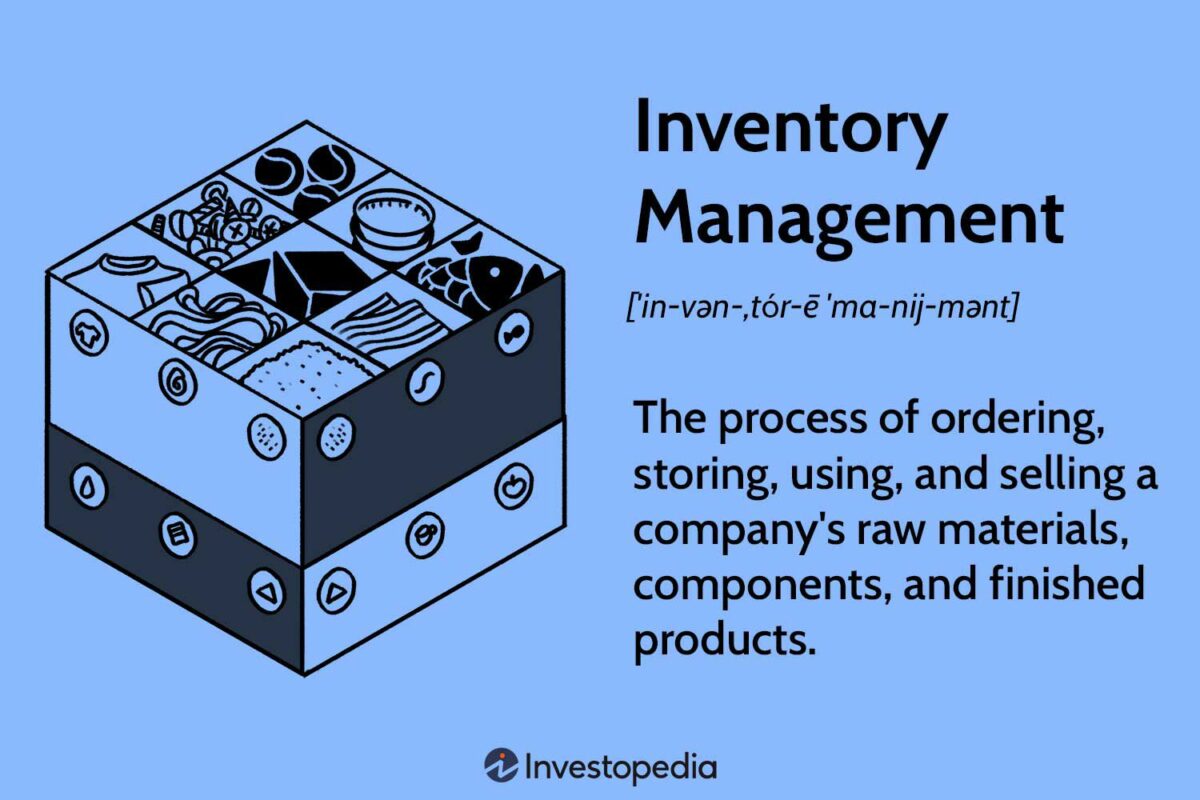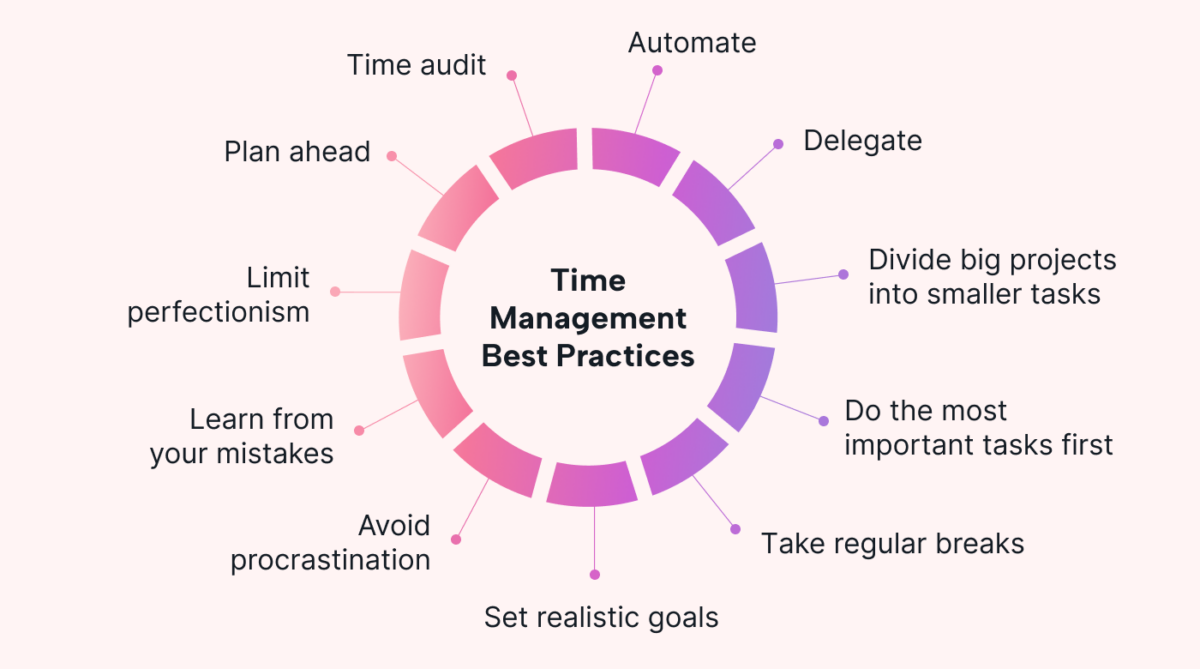Introduction:
In the unpredictable landscape of business and life, crises are inevitable. Whether it’s a natural disaster, a cybersecurity breach, a public relations scandal, or a global pandemic, organizations and individuals must be prepared to navigate through crises with resilience, agility, and foresight. A crisis management plan serves as a roadmap for effectively responding to emergencies, mitigating risks, and safeguarding the well-being of stakeholders. In this comprehensive guide, we’ll explore the essential components, strategies, and best practices for developing a robust crisis management plan that enables organizations to weather storms and emerge stronger on the other side.
Understanding the Importance of Crisis Management:
Crisis management is the process of identifying, assessing, and responding to unexpected events or situations that pose a threat to an organization’s operations, reputation, or stakeholders. Effective crisis management is essential for several reasons:
- Minimizing Impact:
- A well-developed crisis management plan enables organizations to minimize the impact of crises by responding swiftly and decisively to mitigate risks, protect assets, and preserve the organization’s reputation and credibility.
- Maintaining Continuity:
- A crisis management plan helps organizations maintain business continuity during emergencies by establishing protocols, procedures, and contingency plans for critical functions, operations, and services.
- Building Resilience:
- By proactively preparing for potential crises and building resilience, organizations can withstand adversity, adapt to changing circumstances, and emerge stronger from challenging situations.
- Protecting Stakeholders:
- Crisis management plans prioritize the safety, well-being, and interests of stakeholders, including employees, customers, suppliers, shareholders, and the community at large. Effective crisis management helps minimize harm and ensure the welfare of all stakeholders.
Now, let’s explore the steps and best practices for developing a crisis management plan.
- Conduct a Risk Assessment:
- Begin by conducting a thorough risk assessment to identify potential threats, vulnerabilities, and risks that your organization may face. Consider both internal and external factors, such as natural disasters, cyber threats, operational failures, regulatory compliance issues, reputational risks, and supply chain disruptions.
- Establish a Crisis Management Team:
- Assemble a cross-functional crisis management team comprised of key stakeholders, leaders, and subject matter experts from various departments within the organization. Designate roles and responsibilities, and ensure that team members are trained, empowered, and prepared to respond effectively to crises.
- Define Crisis Scenarios:
- Develop a comprehensive list of potential crisis scenarios based on the findings of your risk assessment. Consider various types of crises, their potential impact, and the specific challenges they may present. Define clear criteria for identifying and categorizing crises based on severity and urgency.
- Develop Response Protocols:
- Develop response protocols, procedures, and guidelines for each identified crisis scenario. Outline step-by-step instructions for activating the crisis management team, communicating with stakeholders, assessing the situation, making decisions, and implementing response actions.
- Establish Communication Channels:
- Establish clear communication channels and protocols for internal and external communication during a crisis. Designate spokespersons or communication leads responsible for disseminating timely and accurate information to employees, customers, partners, the media, and other stakeholders.
- Prepare Communication Materials:
- Prepare communication materials in advance, including press releases, statements, social media posts, website updates, and internal memos. Ensure that communication materials are aligned with the organization’s messaging, values, and brand identity, and have been approved by relevant stakeholders.
- Implement Training and Drills:
- Conduct regular training sessions and crisis simulation exercises to prepare employees and the crisis management team for potential emergencies. Simulate crisis scenarios, test response protocols, and evaluate the effectiveness of communication channels and procedures.
- Establish Monitoring and Reporting Mechanisms:
- Implement monitoring and reporting mechanisms to track potential crisis indicators, detect early warning signs, and assess the evolving situation in real-time. Establish protocols for gathering, analyzing, and sharing relevant information with the crisis management team and relevant stakeholders.
- Review and Update Regularly:
- Regularly review, test, and update the crisis management plan to ensure its effectiveness, relevance, and alignment with evolving risks and organizational priorities. Solicit feedback from key stakeholders, incorporate lessons learned from past crises, and adapt response strategies accordingly.
- Foster a Culture of Preparedness:
- Foster a culture of preparedness, resilience, and accountability throughout the organization by promoting awareness, training, and engagement around crisis management principles and practices. Encourage proactive risk identification, reporting, and response among employees at all levels.
Conclusion:
Developing a crisis management plan is a proactive and strategic investment in the resilience, stability, and long-term success of an organization. By identifying potential risks, establishing response protocols, communicating effectively, and fostering a culture of preparedness, organizations can navigate through crises with confidence and emerge stronger on the other side. Remember that crisis management is not just about reacting to emergencies—it’s about proactively preparing for the unexpected, mitigating risks, and safeguarding the well-being of stakeholders. With careful planning, preparation, and collaboration, organizations can weather storms, overcome challenges, and thrive in the face of adversity.









